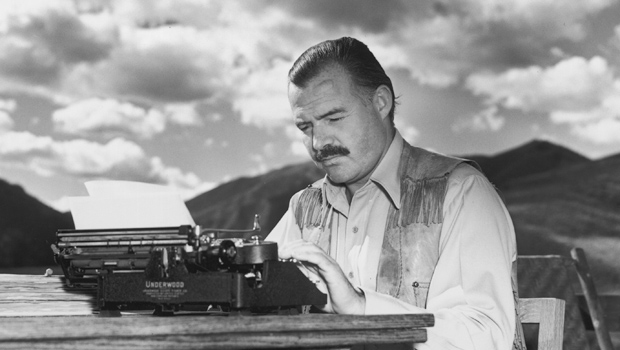
What Brands Can Learn from Great Novels
By Kate Faigen
There’s nothing like a great book.
I’ve found that few remedies can cure an ailment as brilliantly as beautiful words. Whether it be boredom, sadness, fear, or writer’s block, a full-hearted novel takes you to “a place where you are in control.” Why we read books is fundamental to our core: we read to not only know about the world, but to know about ourselves.
Any thoughtful reader knows what it is that makes certain works of literature timeless, still relevant even centuries later. It’s the books that, like any incredible brand, position the reader as the hero, and equip him or her with invaluable tools that can’t be found anywhere else.
This is what an exceptional book does. As writer Neil Gaiman says, books “give you knowledge about the world and your predicament, give you weapons, give you armour: real things you can take back into your prison. Skills and knowledge and tools you can use to escape for real.” Think about the greatest book you’ve ever read: why does it resonate with you in such a painfully genuine way? Because it allows you to tap into your imagination, to feel, to empathize. That being said, Virginia Woolf, Mark Twain, and Ralph Ellison probably would’ve all made pretty great marketers.
As unrivaled tools to mend loneliness and fill holes of seclusion, novels make their readers feel like they’re a part of something — worthy, valued, and understood. Brands that do the same, that speak openly and honestly to their customers (almost as if they’re the only ones), are those that find monumental success. Just like the authors of transformational books, insightful storytellers also have the ability to discern what it is about a good brand that sparks a light in consumers, why brands endure.
Look at IKEA for example. What do they do? They sell furniture and appliances. What are their selling points? The products are sleek, relatively inexpensive, and many can be easily built by the customers themselves. But it’s not only IKEA’s tangible features and benefits that recruit new customers and turn existing ones into evangelists. It’s also their ability to position their buyers as not merely people that spend money, but as a living, breathing part of their story.
In one of their more recent video ads, you see a lion lounging around a living room — reclining on a sofa, sipping a drink, and stretching into yoga poses. Suddenly, a herd of children march into the room, and we see that this supposedly lazy lion is actually a father in costume, who has been mentally preparing for a child’s birthday party.
The point of the ad, as IKEA U.K. and Ireland marketing manager Laurent Tiersen explains, is to show people that they’ve “forgotten how to relax.” Our day-to-day lives can be draining, and we all deserve the chance to recharge into our best selves. Sure, the driving force behind the video is to sell living room furniture — but the heart of the story is that people, despite our professional or cultural differences, are one and the same when it comes to the necessity for a sanctuary. This is what sticks with you.
By aligning their values and their “why” with their digital presentation, IKEA successfully articulates its sincere hope for its customers to realize their right to relax. Watching this ad, executed candidly and creatively, you feel empowered, and most importantly, understood. This brand empathizes with you. They’re on your side.
The underlying goal of marketing is to convince an audience that they absolutely need your product, that their world would not be as complete without it. No, it’s not likely that every marketer can exercise the alluring and arresting language of say, Junot Diaz or Toni Morrison, but that’s not the way that this has to be done. By following the likes of IKEA, or State Farm painting a human backstory to everyday objects, or eBay recognizing our unique, adventurous, and colorful spirits, you are breathing meaning into your product and its story, and can move people to feel connected, alive, and less alone.
Gaiman says, with books “you get to feel things, visit places and worlds you would never otherwise know. You learn that everyone else out there is a me, as well. You’re being someone else, and when you return to your own world, you’re going to be slightly changed.” Great brands, like great writers, position their audience as a “me,” not a “them.” If you ache for Gatsby when Nick Caraway says he’s “worth the whole damn bunch,” or muse over the intricacy of time in “To the Lighthouse,” you understand the power of relatability and connection. This is what effective marketing is all about, reminding your audience that they’re more than a consumer, that they’re a part of the story — and they’re not alone.
Kate Faigen is an Associate at Woden. Whatever your storytelling needs may be, let Woden help. Read our free Storytelling Blueprint, or send us an email at connect@wodenworks.com to discuss how we can help tell your story.


